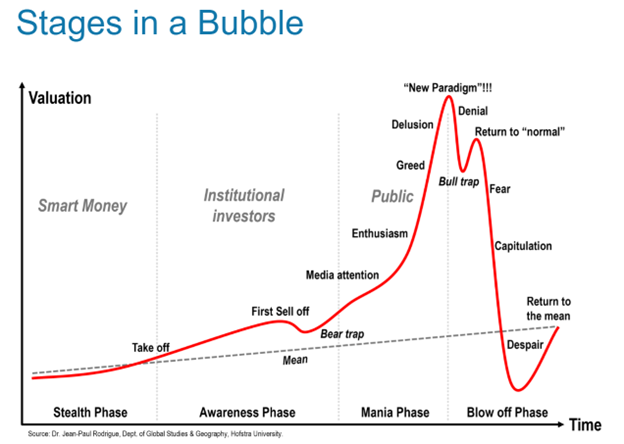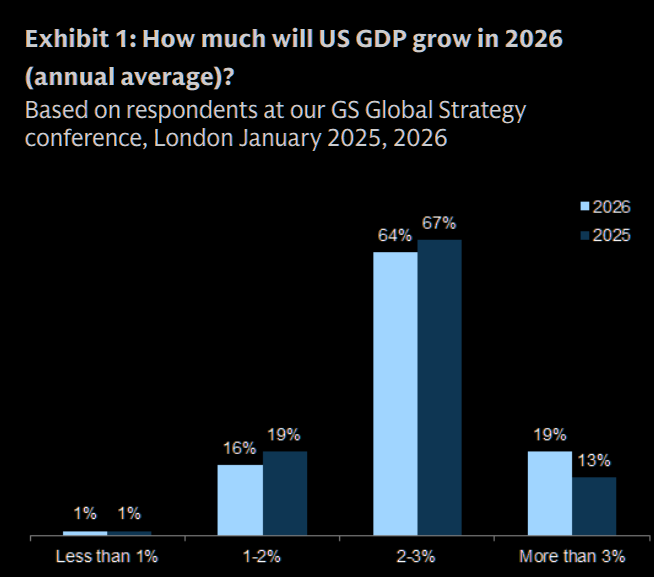With $1.2 billion in commercial real estate property loans coming due by the end of 2025, property owners are scrambling for sources of refinance. Add to that, according to a May report from the Kroll Bond Rating Agency nearly one-third of office commercial mortgage backed securities (CMBS) are distressed. The volume of distressed CMBS office loans has doubled from a year ago, increasing to a combined $52.2B in March, compared to $26.6B a year ago. In multi-family, a total of $525B in loans on more than 58,000 properties will mature by the end of 2029, according to a report from Yardi Matrix earlier this year.
In its special report on the aging of appraisers, Bisnow’s Ryan Wangman wrote, “With this tidal wave of maturing and distressed loans, appraisers will play a key role in setting the values from which the market will begin the next stage in the real estate cycle. Appraisals are also used in lease negotiations, legal disputes, assessing property damage like that caused by inclement weather, and estimating value in a forced sale or auction proceeding.”
“There’s a window of science within which they operate,” Dan Melaugh, head of real estate at EM Investment Partners, told Bisnow. “But anyone who’s played with an Excel model for a commercial real estate property can tell you that the end value is very sensitive to any number of inputs in that model. So you can move the values around as you need.”
With the lack of transactions post Covid, valuing properties has become as Wangman writes “the union of art and science.” For instance, reviewing a valuation for a proposed project the other day, I noticed that a capitalization rate of 6.5% to 6.75% was used. This Cap rate assumption struck me as being two years stale. The Federal Reserve being higher for longer and all. On August 15, 2022, the 10-year Treasury bond yielded just under 3%. Sure enough I found an appraisal dated May 9, 2022 where the appraiser used a 6.25% cap rate. On June 24, 2024, the 10-year note yielded 4.36%, yet virtually the same cap rate was used as when the 10-year note yielded nearly 1.5% less.
I asked an appraiser friend to explain why cap rates haven’t increased in step with 10-year bonds. He said some property buyers don’t use cap rates anymore to determine their purchase prices. Buyers of multi-family projects assume rents will always increase. With other property types the lack of recent comparable sales forces appraisers to use sales with stale-dated cap rates. He stressed there are lots of 1031 buyers willing to overpay as the time ticks away on their tax-free exchange clocks.
“At the end of the day, for any type of asset, appraisers could come up with whatever numbers they want. And I’m not saying they’re right or wrong,” Robert Gilman, partner at Anchin’s Real Estate Group told Bisnow. “The only thing that’s really going to tell us the tale of where the market is, is transactions. Because you can appraise every single building, it’s what somebody’s gonna pay for it. It’s what somebody’s going to sell it for.”
Perhaps that’s why Part 2 of Bisnow’s special report was entitled “The Average Appraiser Is Aging Out Of The Workforce. A Crippling Labor Shortage Looms.”
“Appraisers are too old, too few and too insular. The median appraiser is 60 years old, and 80% are over 50, according to the National Association of Realtors. But the ranks of the next generation of appraisers are thin, held back by a convoluted certification system and an industry culture that shuns newcomers.,” writes Part 2 author Matt Wasielewski.
My appraiser pal put a finer point on it, telling me of an appraisal conference that his 58-year friend attended. His friend was the second youngest attendee. And there were appraisers there who were in their 80s.
Miller Samuel CEO 63-year old Jonathan Miller said when he looks around the industry, the faces staring back are all around his age. What’s coming, Miller thinks, is a chronic shortage of appraisers which threatens to dismantle the industry.
“I’m not going to be appraising when I’m 73, and all of my peers are plus or minus five years of my age,” he told Wasielweski.
The appraisal industry has become a victim of government-created barriers to entry. “Unless things change and we create ways and incentives to trigger a higher rate of entry into the profession, then it’s over,” said Miller. Appraisers have been the target of the government after each and every financial meltdown. In 1989, FIRREA was born in the wake of the Savings & Loan crisis, with Subpart C spelling a litany of appraisal requirements.
Individual state requirements continually add to the burden. “Pursuing a career in appraisal is an arduous journey that starts with a college degree and requires additional training and thousands of apprenticeship hours. It takes at least two years of full-time work for a recent graduate to complete the certification process,” Wasielewski writes. “Minimum requirements for a certified general appraisal — the highest certification but the one required for commercial transactions over $1M — are a college degree and 3,000 hours of on-the-job experience.”
This certification process requires an apprenticeship program, thousands of hours of on-the-job training under the direction of a mentor who is a licensed appraiser. Plus, online or in-person courses. With the biggest hurdle being a lack of mentors.
As another financial debacle approaches, the real estate industry is running out of appraisers and in turn the government will have fewer patsies for which to blame it on. Rest assured, more appraisal regulations will be passed with the false hope of stopping the next crash.
Full story here Are you the author? Previous post See more for Next postTags: Featured,newsletter


























